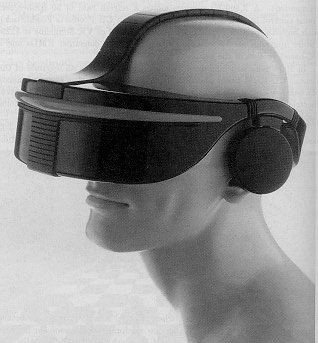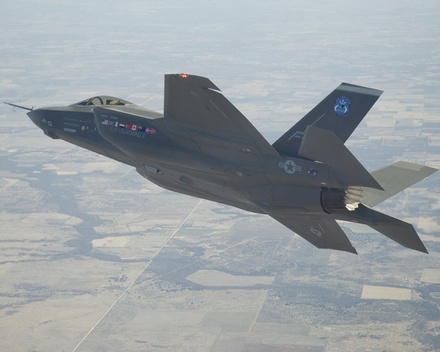Here's a little history, since some of my students are starting to look me up on the web. It's also a story about how life is so weird that, if you wrote about it in a movie, the audience would say 'no way'. Ready for some acronym soup?
After getting a degree in the US, I was hired to work on a joint US/NASA mission (called ASCA or Asuka, depending on which language you use). I got to work in Japan at their space agency, called ISAS, for that and, yes, it was as awesome as you might imagine. Later I returned to the US to work on other missions, then got my PhD, then went freelance, and now I'm a professor at Capitol College.
One good comment is worth a thousand readers. In the past three weeks, as I've been busy with midterms, my Calliope posts have been simply brief blog-entries rather than full articles. And with that, I've gotten great resources and leads on issues like Cubesat conferences and ganged Cubesat flights.
The latter doesn't mean gangs of roving Cubesats builders picking on non-techies, though I admit that could be fun. Rather, a poster told me about the Cal Poly group that helps broker flights for people who don't have their own rocket.
I'm working to make a list of potential conferences for meeting other Cubesat (picosatellite) builders. A quick search on 'cubesat conferences' primarily turns up past events and past proceedings. Any ideas? My list so far:
SpaceUp: any of the regional ones. The previous SpaceUpDC was fruitful for me.
AAS (American Astronomical Society) twice-yearly meetings. I will be at the Jan 2014 one, in D.C.
AIAA (American Institute of Aeronautics and Astronautics) has focused topical conferences, plus an annual on Jan 2013 that might be worth attending. I haven't been, but a colleague recommends them, and I'd love to hear from others who have attended AIAA events.
Why would anyone build a Tubesat when the Cubesat open standard tends to dominate the picosatellite world? Well, first, there's only been a bit over a dozen Cubesats, so it's a wide open field. Second, the Tubesat design is actually a kit, including schematics that are pre-integrated, rather than being an open spec like Cubesat.
In some ways, it's a little odd to compare them, much like you can't really compare an iPhone to an Android smartphone. iPhones are a device; Android is an operating system used in over 75 different devices. Similarly, Tubesat is a device; Cubesat is a specification that people fit their own ideas into. Different approaches.
14 space agencies walk into a bar... Okay, no joke. The
ISECG Initiative (I added 'Initiative' because it sounds more sci-fi) is an attempt to basically let individuals at different science institutes share information. Given the strength of Intellipedia and perhaps even Wikipedia, it seems info sharing might be the way to go.
The 14 agencies are:
ASI (Italy), CNES (France), CNSA (China), CSA (Canada), CSIRO (Australia), DLR (Germany), ESA (European
Space Agency), ISRO (India), JAXA (Japan), KARI (Republic of Korea),
NASA (United States of America), NSAU (Ukraine), Roscosmos (Russia),
UKSA (United Kingdom)
Sonification-- like our Project Calliope satellite will do-- is taking the measurements of something and converting it to sound so you can hear the patterns and rhythms in an intuitive manner, rather than trying to figure out those patterns as numbers or graphs. It a way to remix data.
Apparently a
TED talk discusses doing the opposite-- taking data and saying it is like sound. That's a step I'm not willing to take, but Janna Levin considers gravity waves a cosmological equivalent to sound. Err, okay? I suppose it's good enough for TED.
 At MakerFaire NYC
At MakerFaire NYC Concepts For A CubeSat LARP
Concepts For A CubeSat LARP Putting a TARDIS in Space?
Putting a TARDIS in Space? Who Can Launch a CubeSat?
Who Can Launch a CubeSat?






